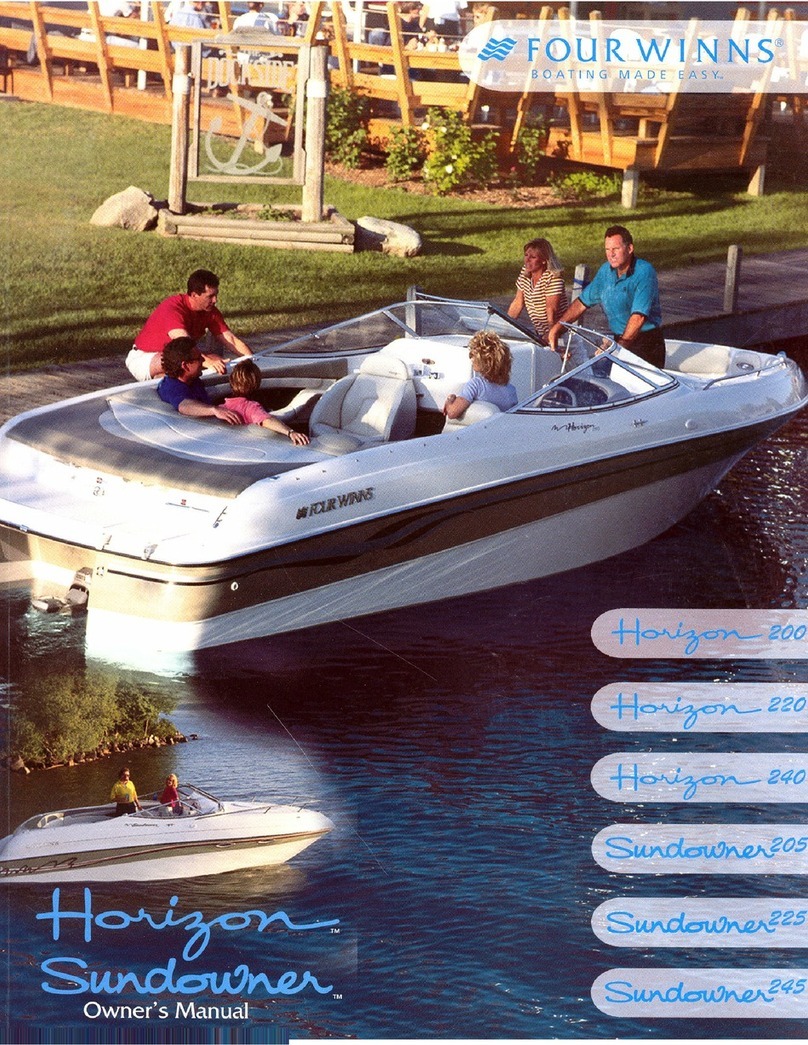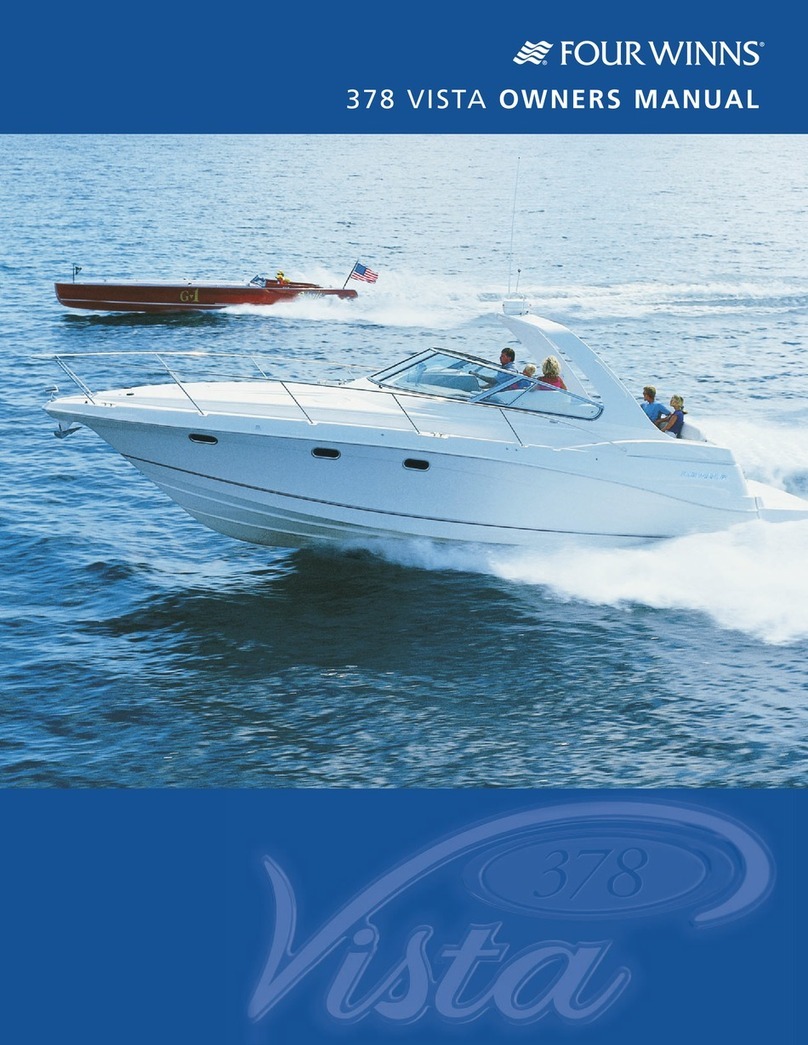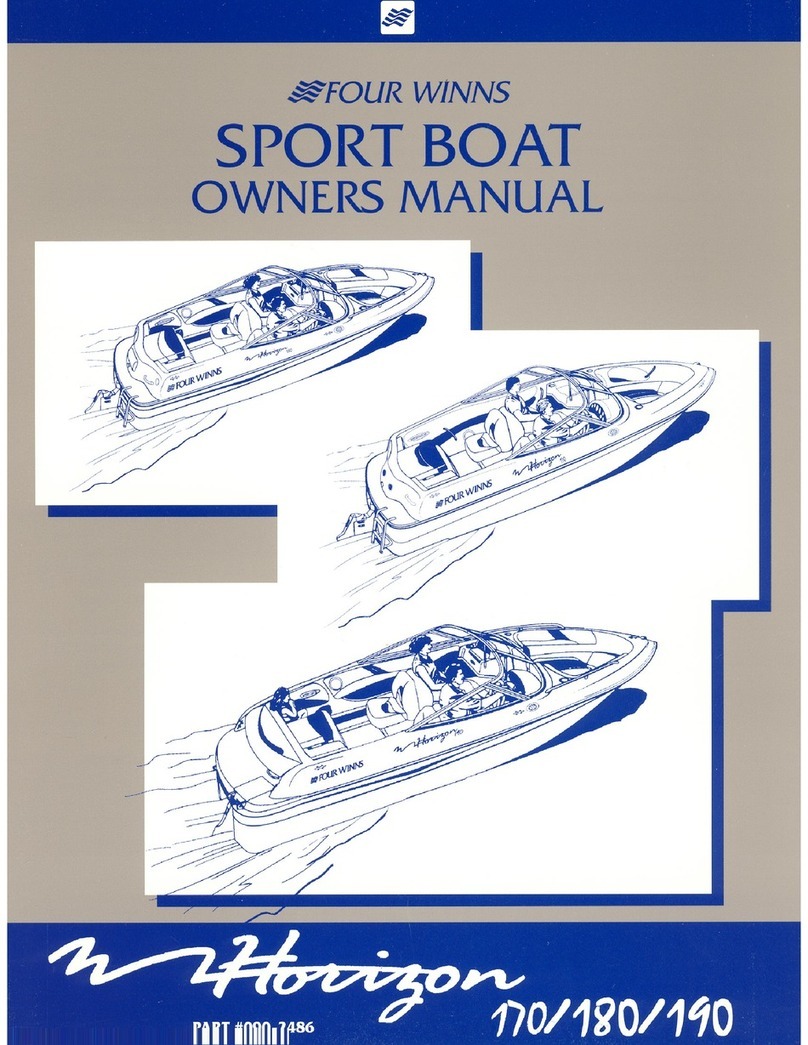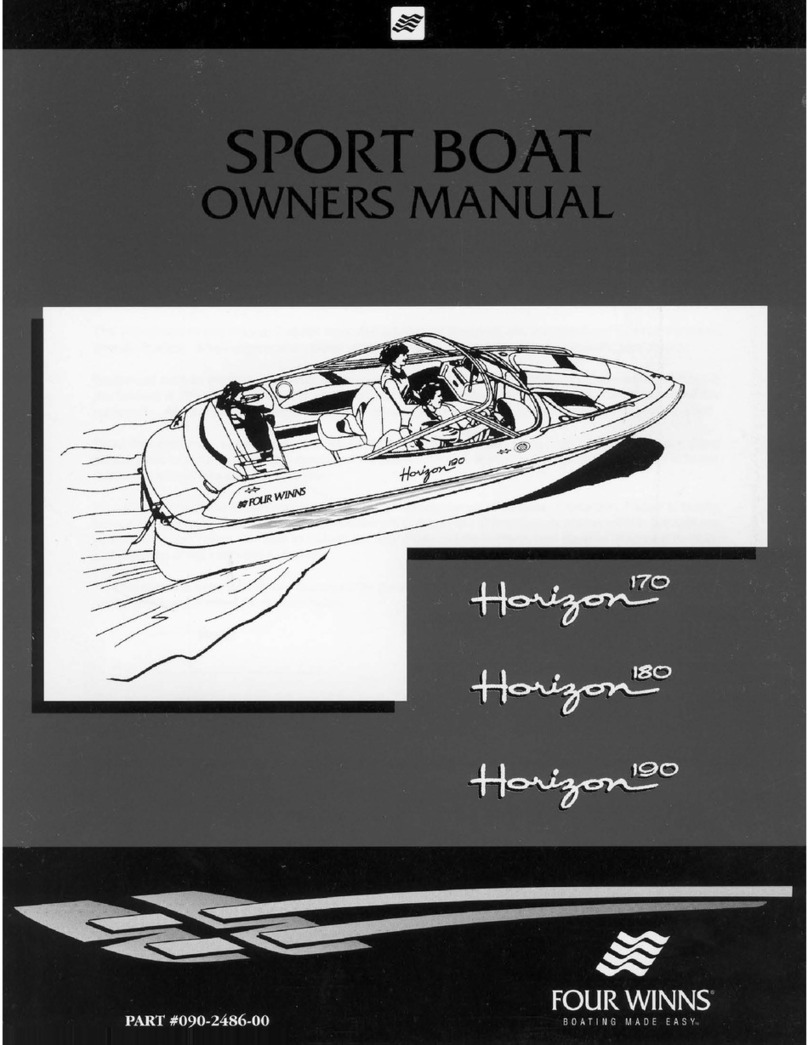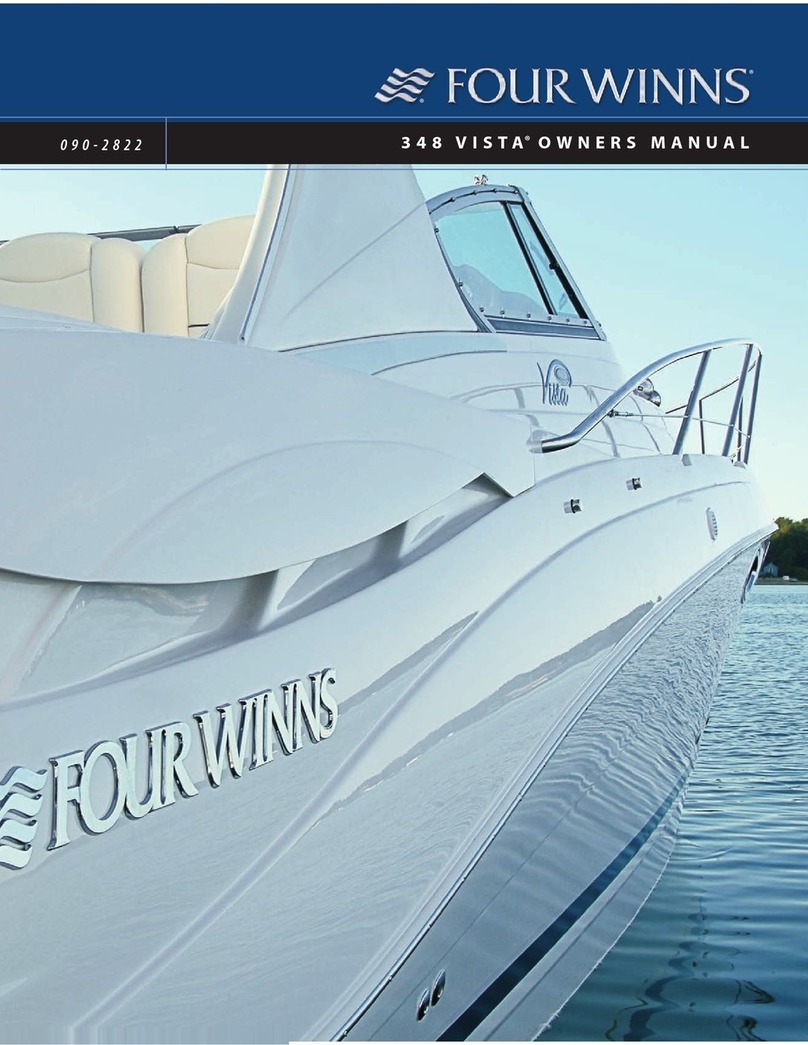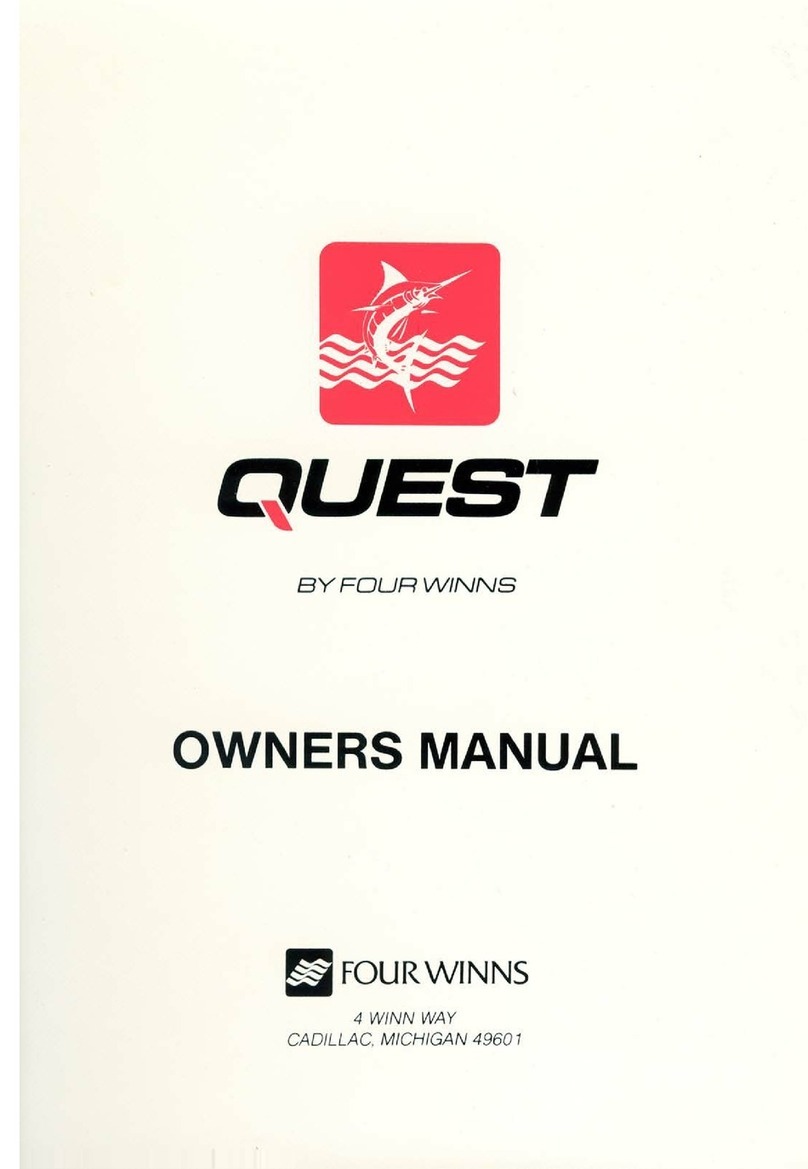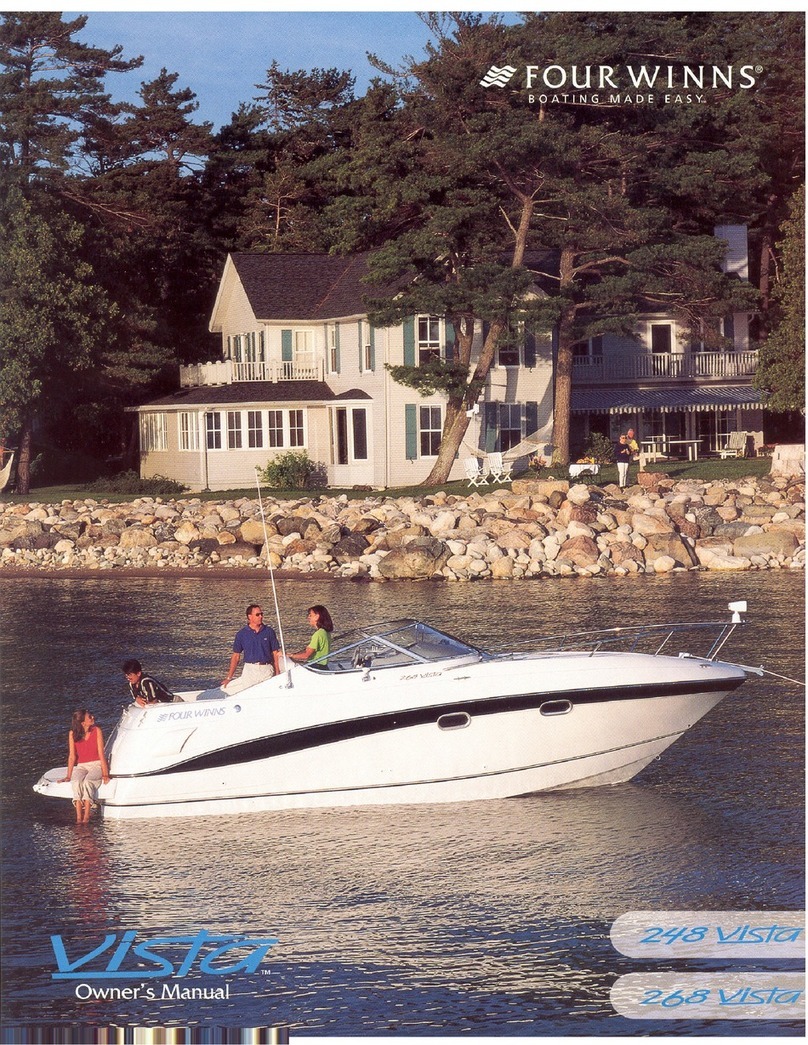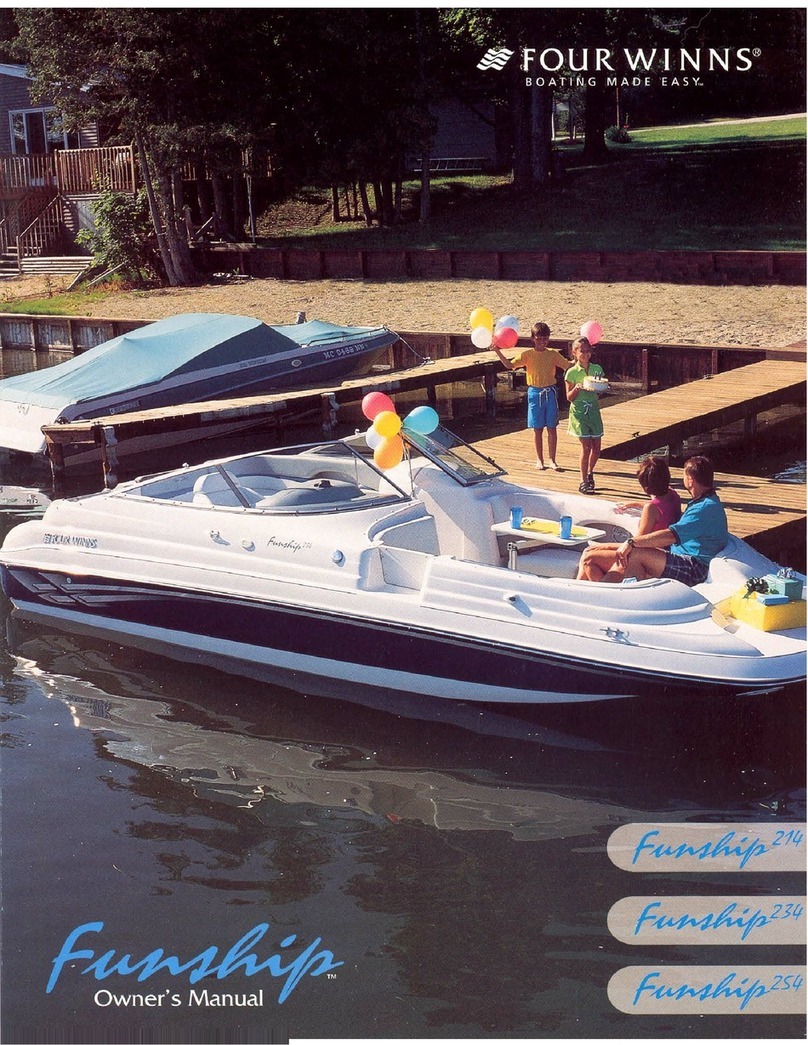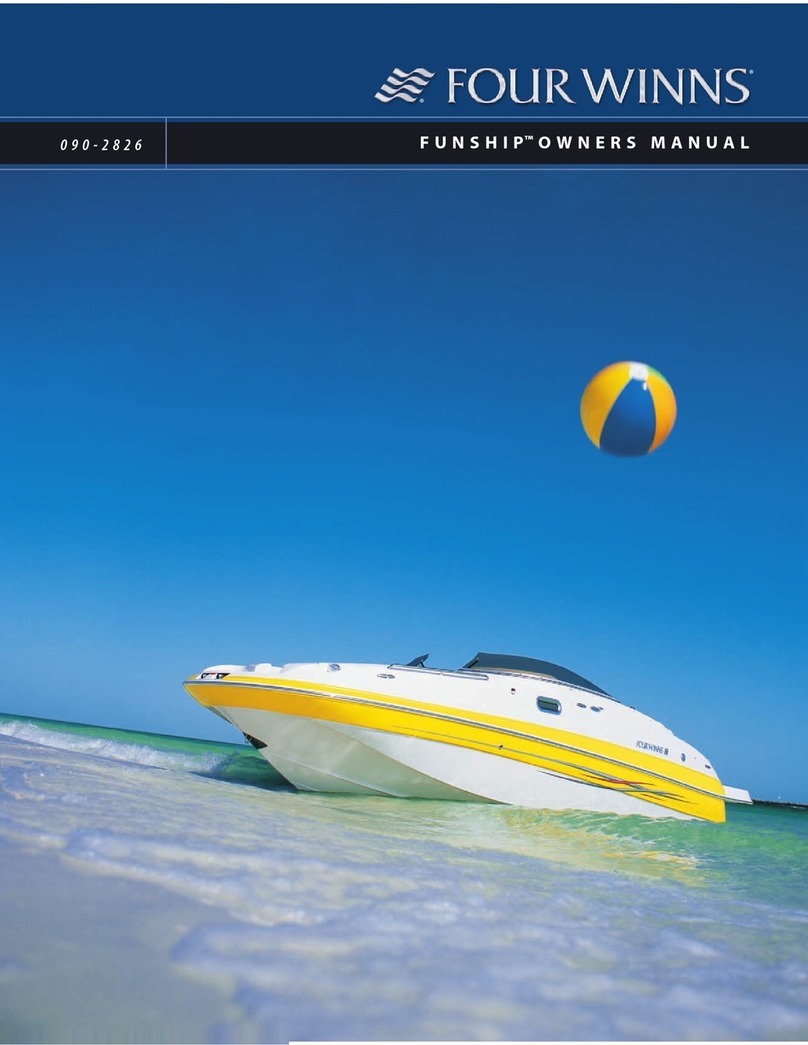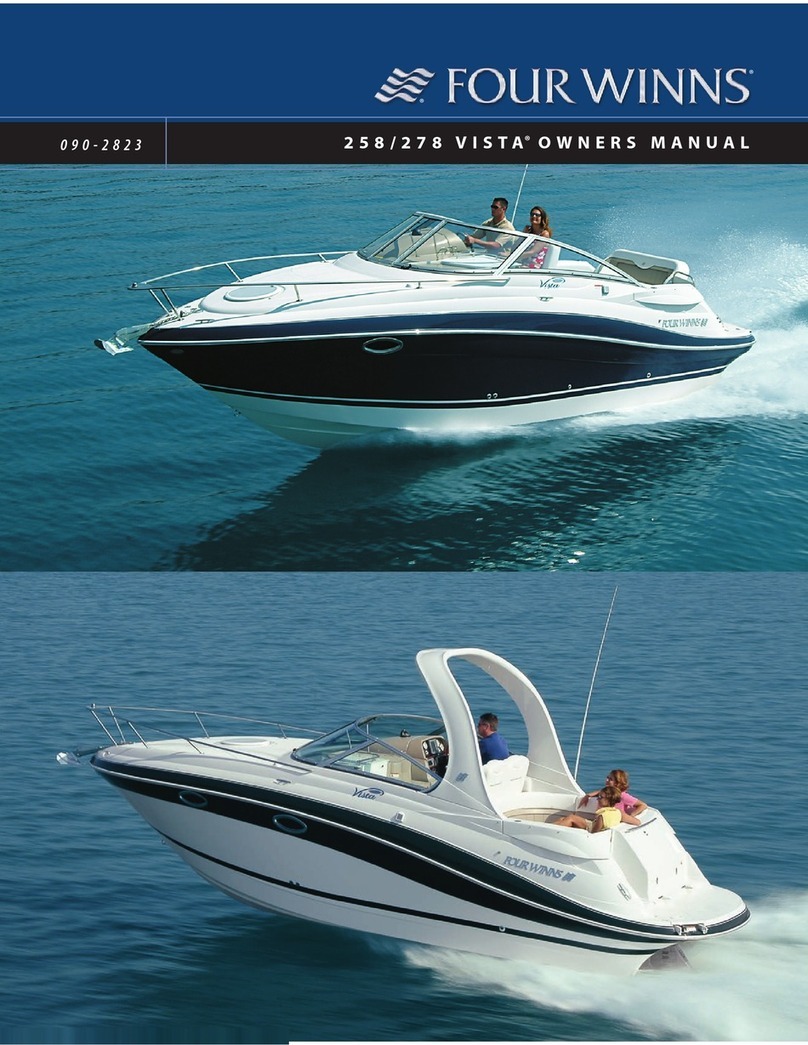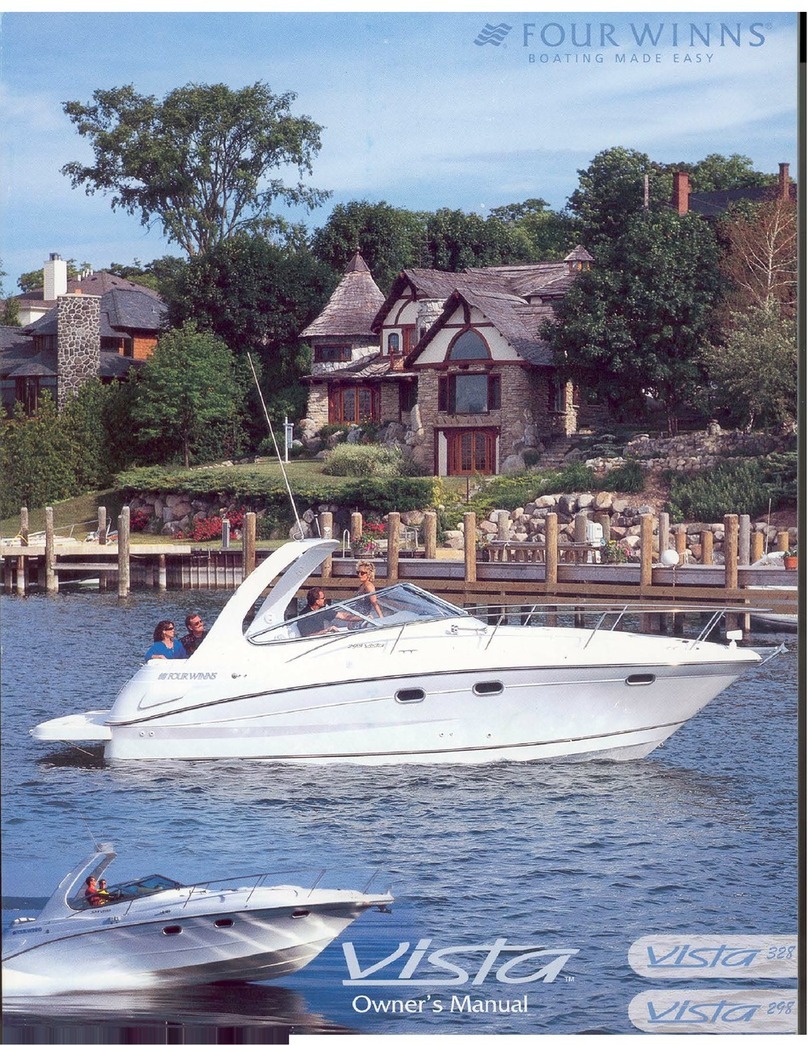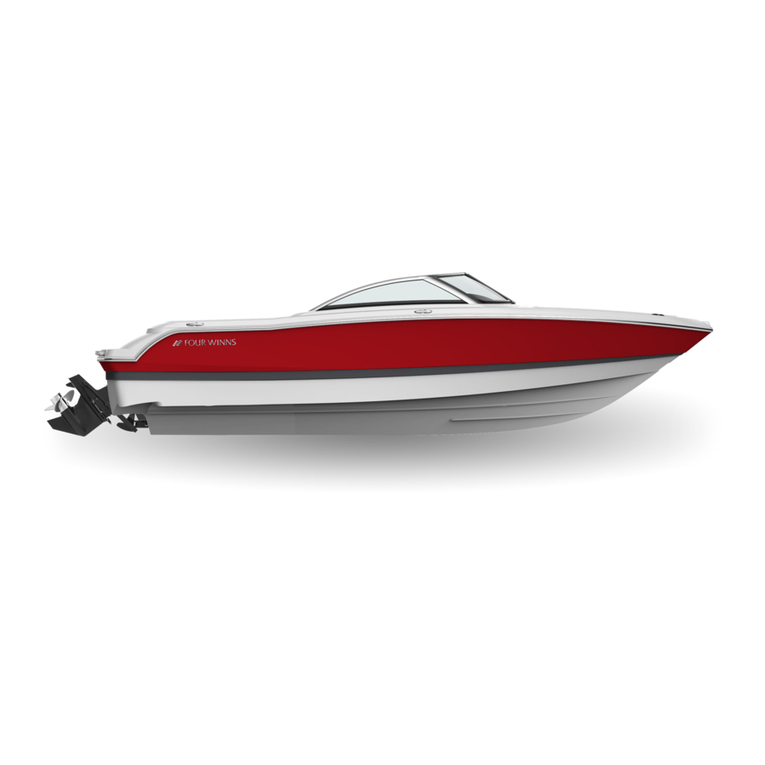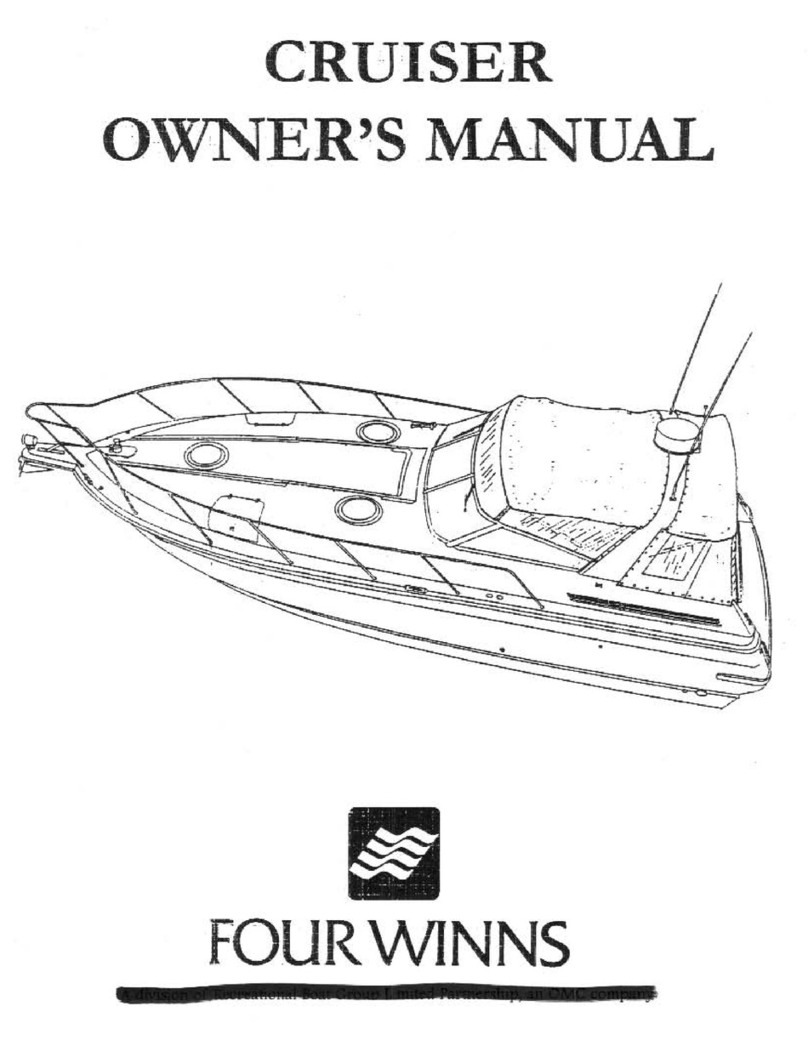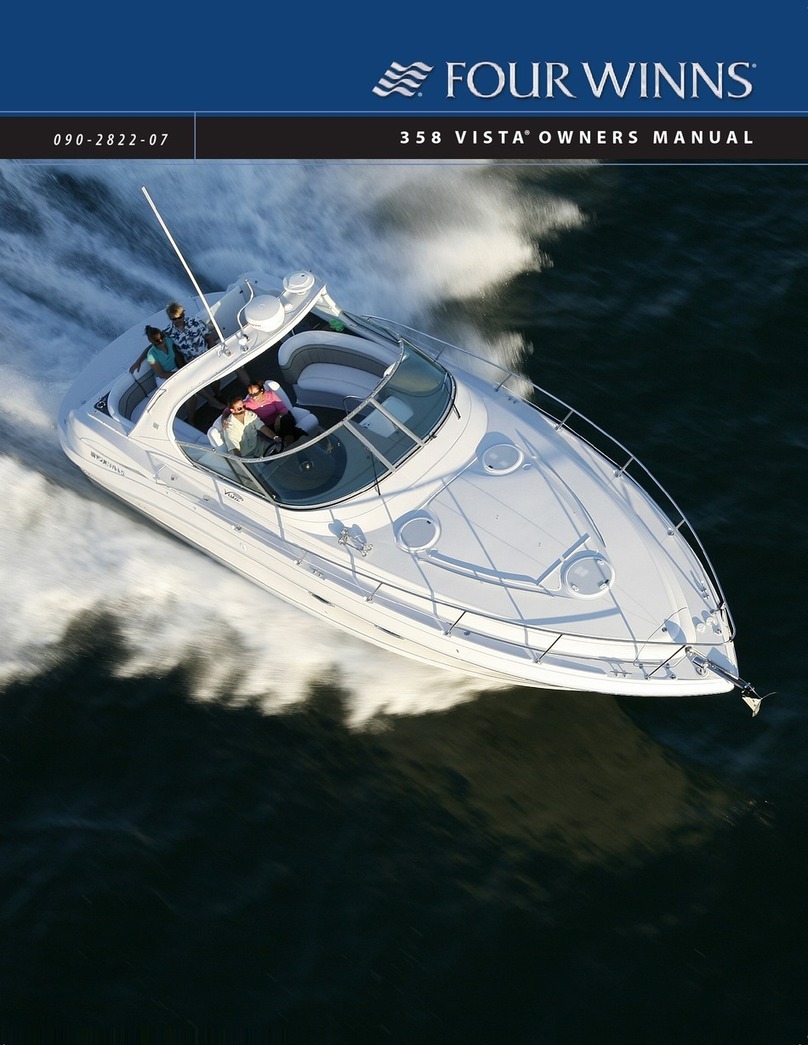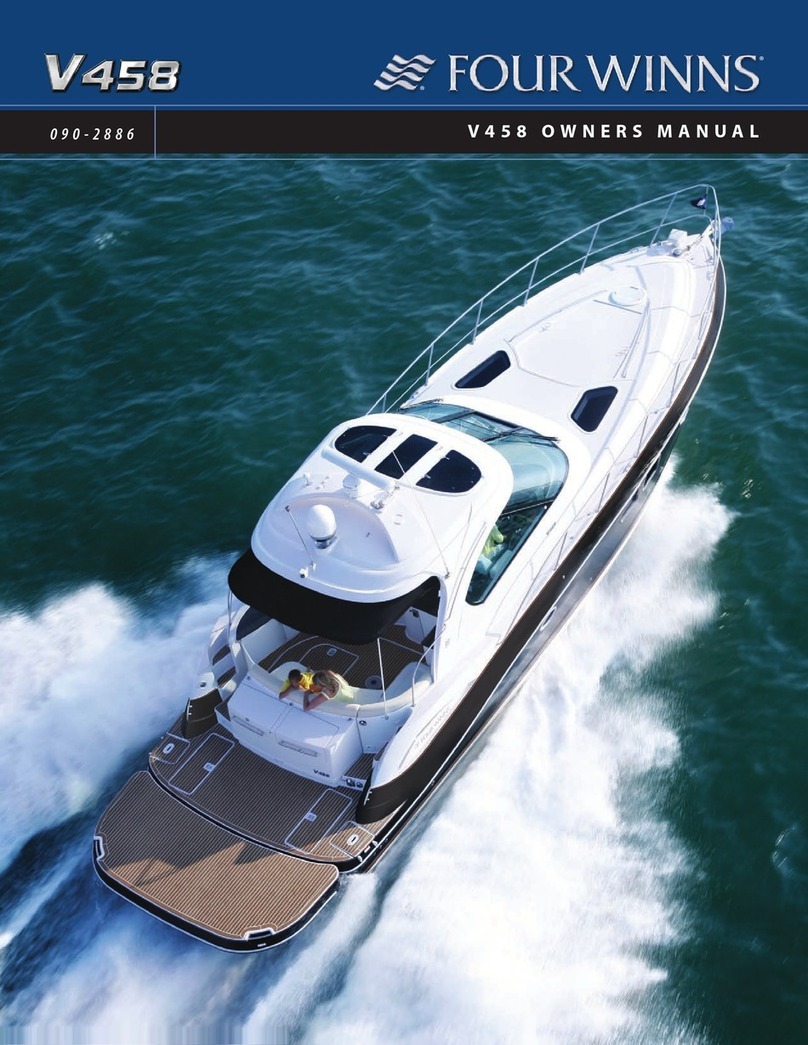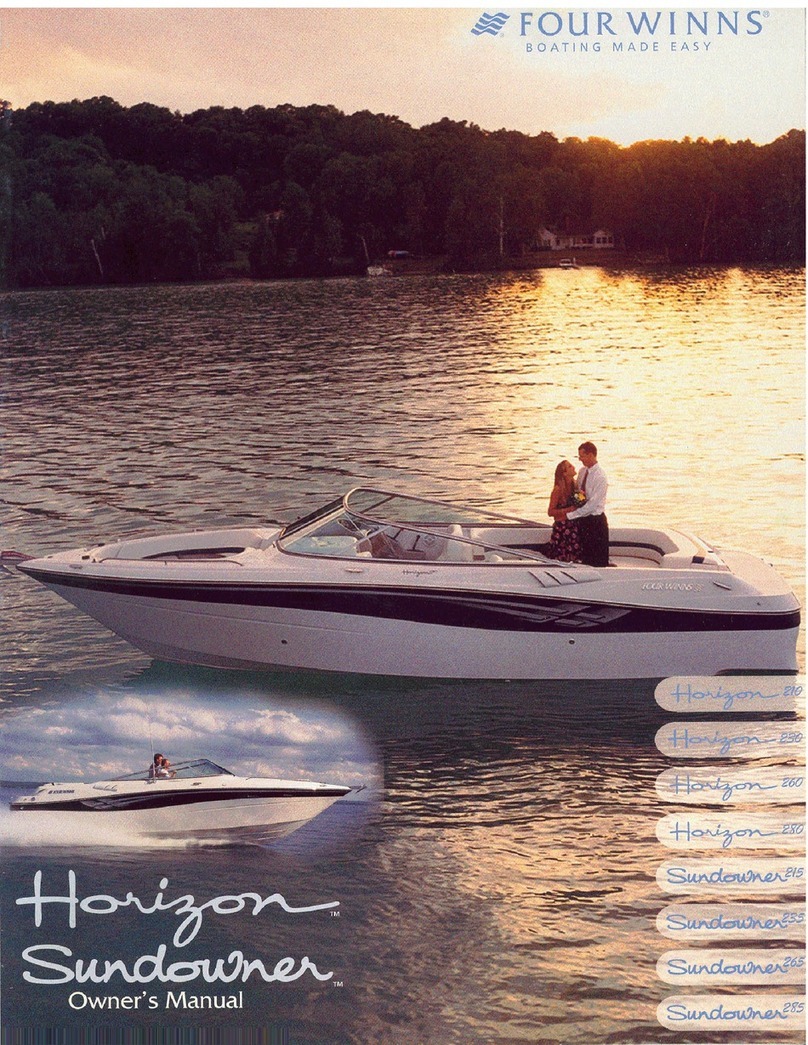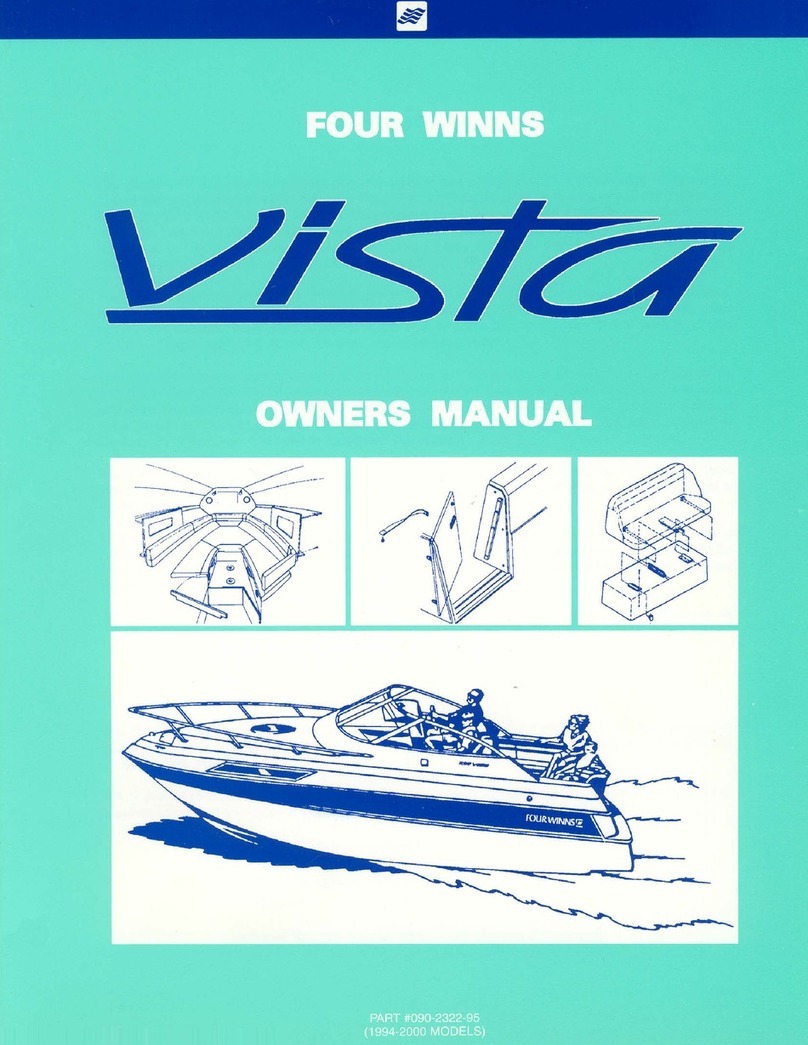
Table of Contents Owner’s Manual Page 1
PREFACE...........................................................................................................................................................9
SAFETY MESSAGES ......................................................................................................................................10
OPERATION ....................................................................................................................................................16
A - 1 GENERAL ................................................................................................................................... 16
A - 2 COMPONENT SYSTEMS ........................................................................................................... 16
A - 3 SAFETY EQUIPMENT ................................................................................................................ 16
A - 4 PASSENGER SAFETY ............................................................................................................... 16
A - 5 RULES OF THE ROAD ............................................................................................................... 16
A - 6 LIGHTNING................................................................................................................................. 16
A - 7 DRUGS AND ALCOHOL............................................................................................................. 17
A - 8 PRE-CRUISE SYSTEM CHECK ................................................................................................. 17
A. Before Starting The Engines ................................................................................................. 17
B. After Starting The Engine ...................................................................................................... 17
A - 9 ENGINE OPERATIONAL PROCEDURES .................................................................................. 17
A. Before Starting ...................................................................................................................... 17
B. Cold/Warm Engine Start - EFI Engines ................................................................................. 18
F. Shifting and Control Speed................................................................................................... 18
G. Stopping Engine.................................................................................................................... 19
A - 10 GROUNDING AND TOWING ...................................................................................................... 19
A - 11 BOATING EDUCATION .............................................................................................................. 20
A. Boating Courses.................................................................................................................... 20
B. Boating Manuals or Literature .................................................................................................20
C. Charts and Maps.....................................................................................................................20
D. Laws and Regulations.............................................................................................................20
A - 12 BOAT OWNER REGISTRATION ..................................................................................................20
A - 13 ACCIDENT REPORTING............................................................................................................ 21
A - 14 DISCHARGE OF OIL .................................................................................................................. 21
A - 15 DISPOSAL OF PLASTICS & OTHER GARBAGE ....................................................................... 21
A - 16 MARPOL TREATY ...................................................................................................................... 21
BOATING SAFETY ..........................................................................................................................................23
B - 1 GENERAL ..........................................................................................................................................23
A. Required Safety Equipment ....................................................................................................23
B. Personal Flotation Devices (PFD’s).........................................................................................23
C. PFD Types..............................................................................................................................23
D. PFD Pointers ..........................................................................................................................24
E. Fire Extinguisher .....................................................................................................................24
F. Visual Distress Signal Devices ................................................................................................25
G. Sound Signaling Devices ........................................................................................................25
H. Navigation Lights.....................................................................................................................26
I. Additional Recommended Equipment .....................................................................................26
B - 2 CARBON MONOXIDE........................................................................................................................26
A. Properties and Characteristics of Carbon Monoxide................................................................27
B. What Makes Carbon Monoxide ...............................................................................................27
C. How a Person is Affected by Carbon Monoxide.......................................................................27
D. Effects of Carbon Monoxide ....................................................................................................27
E. Symptoms...............................................................................................................................27
F. Treatment (Evaluate, Ventilate, Evacuate, Investigate, Take Corrective Action)......................27
G. Inspection................................................................................................................................28
H. Operation ................................................................................................................................28
Table of Contents
